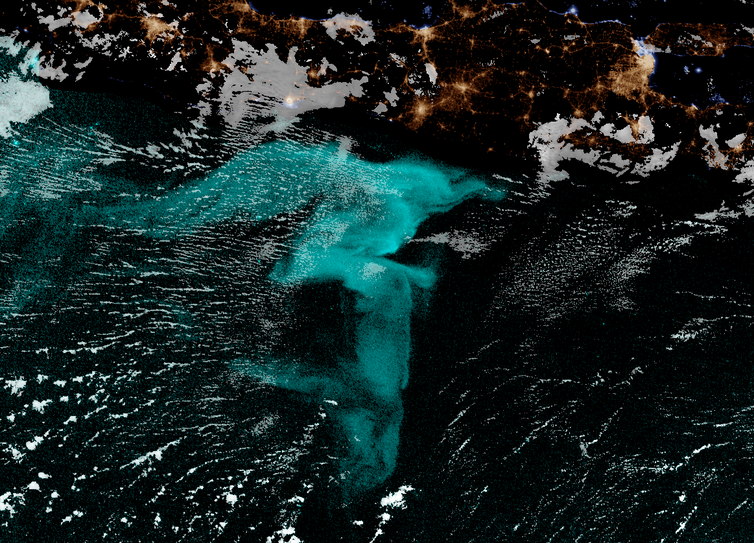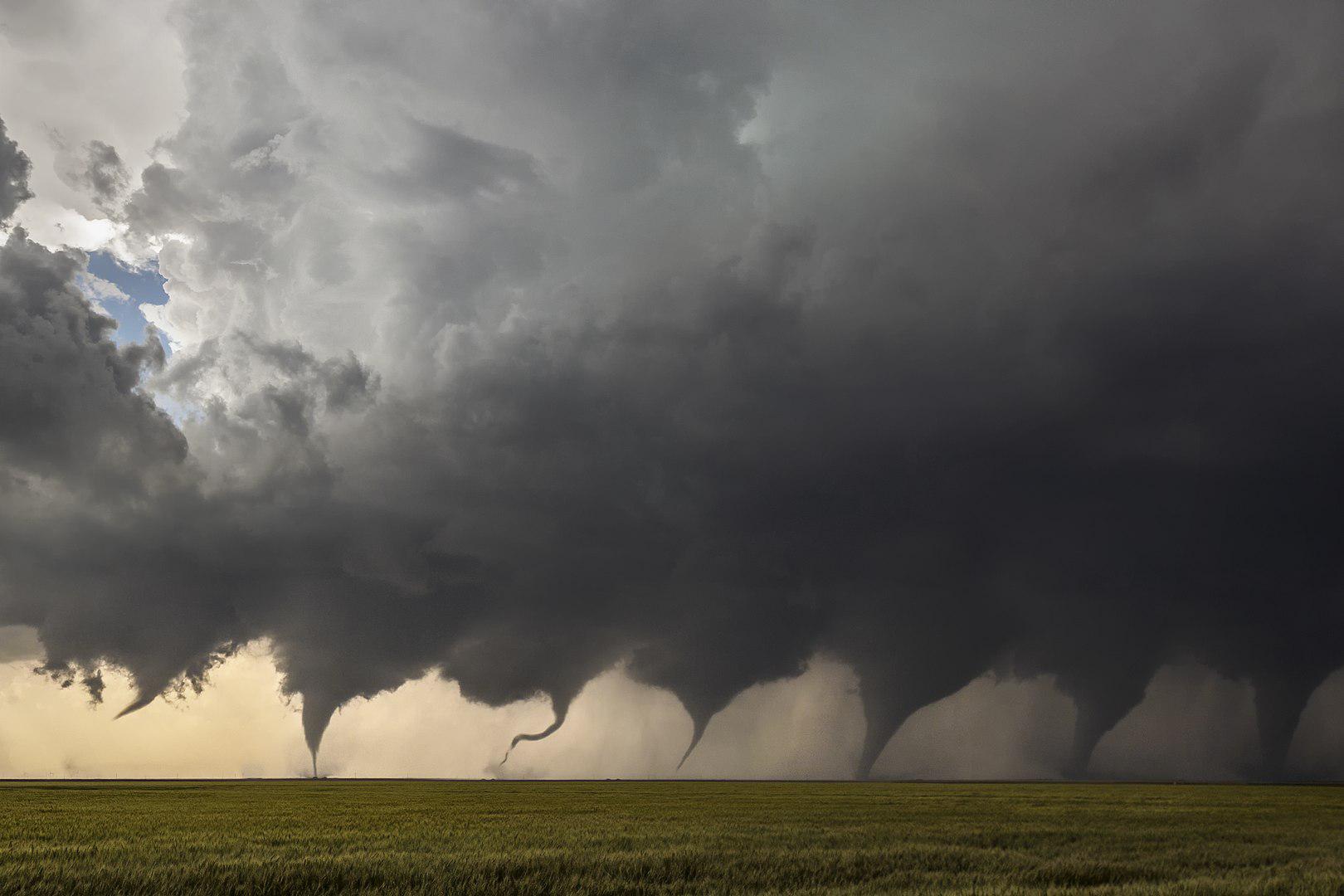How cold is cold?

Last week the midwestern and eastern regions of the United States were locked in the dangerous and deadly Polar Vortex, which killed at least 21 people.
Temperatures plunged tens of degrees below freezing and when wind chills were included, the conditions became positively Martian (though the Martian equator can get almost balmy sometimes).
With so much headline ink being spilled on temperatures, I thought it might be a good time to revisit the scientific meaning of “temperature,” as well as give a short tour of the Universe’s own weather extremes.
Temperature is basically a measure of atomic scale motion. While you might roll your eyes and say, “Oh Adam, I learned that in high school,” consider just how long it took for humanity to work that idea out. For a long time, people thought of heat (which is what temperature measures) as an invisible fluid that flowed from one object to another. Recognizing heat’s link to the random motions of atoms didn’t happen until only about 100 or so years ago. So, just remember that temperature is a measure of heat energy in an object which is linked to the average speed of particles making up the object. Higher speed means higher temperature.
Now what’s remarkable about human experience—and our very existence—is that it’s limited to a pretty small temperature range. On the low temperature side, death by hypothermia can occur within an hour at temperatures of -40 degrees Fahrenheit. On the high side, anything above 120°F can be fatal within a few hours. That’s a window of about 160 degrees.
But a realistic “livable range” is much narrower than that. A NASA study found that people can live indefinitely in environments that range between roughly 40° and 95°F (4°-35° C), if the latter temperature occurs at no more than 50 percent relative humidity. That’s a range of just 55 degrees F, or 31 degrees C.
Going to extremes
Microbes, however, can do a lot better. One of the great revolutions in astrobiology over the last few decades has been the discovery of extremophiles—single-celled organisms that can withstand, well, extremes. Some extremophiles, called thermophiles, thrive in temps between 106° and 252°F (41°-122°C)—and yes, that’s well above the boiling point! At the other end, some extremophiles do just fine in sub-zero temperatures, as cold as five below Fahrenheit.
The existence of such extremophiles has astrobiologists hoping that life may be much easier to get going on other worlds than had previously been expected. But the range of temperatures on Earth that can sustain extremophiles aren’t even close to the vast temperature extremes in the rest of the Universe.
At the bottom end of the temperature scale is “absolute zero” on the Kelvin scale—the equivalent of equivalent to –273.15°C or –459.67°F. But there’s a problem with absolute zero. It implies absolutely zero motion for atoms, which is something that quantum mechanics (the theory of atom-sized phenomena) just can’t abide. The reason has to do with Heisenberg’s uncertainty principle, which we will unpack some other day. While physicists can’t get to absolute zero, they can get pretty close. Using inventive techniques, we can now cool stuff down to less than 1/1000 of a degree in specialized physics laboratories.
The really cool thing (yuk yuk) about these labs is that they are, literally, the coldest places in the Universe. That’s because even the emptiest of empty space has higher temperatures. Radiation left over from the Big Bang—the so-called Cosmic Microwave Background or CMB—fills the whole Universe. The energy associated with the CMB means even the depths of space has its temperature of 2.7 degrees above absolute zero.
A red-hot start to the Universe
Given that temperature has a lower limit in the form of absolute zero, you might imagine there is an upper limit too—but that’s not the kind of universe we live in. Theoretically, there is no upper limit to temperature. In the earliest fractions of a fraction of an instant after the Big Bang, the universe had temperatures in the billions of trillions of degrees.
These days, however, the cosmos is much less extreme. The highest common temperatures in the Universe now come in at just millions to billions of degrees. At the center of a star, for example, atomic nuclei are whizzing around at speeds that give them a temperature of 10 million degrees. That’s fast enough that when the nuclei collide, some of them will fuse together, releasing energy in the process and allowing the star to shine.
The surface of a star like the Sun will be a lot cooler than its center, but even there the temperatures are pretty extreme by human standards. The solar photosphere, which is the outer shell from which light emerges, would drive a thermometer up to about 5,000 degrees Kelvin—a temp so hot that no thermometer you’ve ever dealt with would survive. And while we’re hanging out on the sun’s surface, it’s worth noting that our star is relatively cool. The surfaces of more massive stars can go as high as 30,000 degrees Kelvin—or 53,000 degrees Fahrenheit.
So even with the record lows of the recent Polar Vortex, those cold temperatures would barely register in other parts of the Universe—even within our solar system.
As always, the Universe is more fecund and more dramatic than our little stage would suggest. We’re talking temperatures where not even the most extreme extremophiles—not to mention humans—would have even a speck of a chance.
The post How Cold Is Cold? appeared first on ORBITER.





